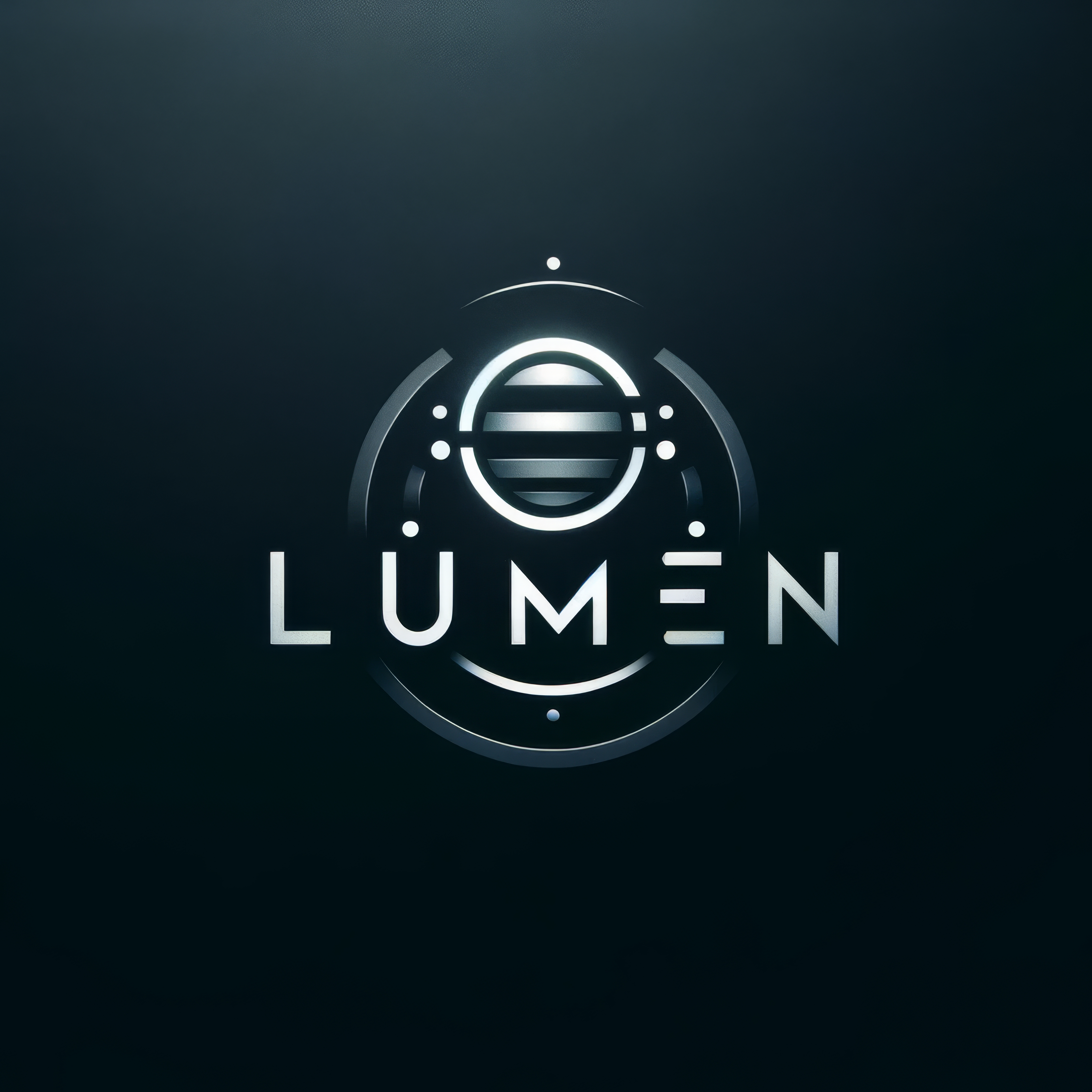The Scu'Zor Cluster, located within the
Scutum - Centaurus Arm Sector of the
Milky Way Galaxy, is a region steeped in mystery and tragedy. Once home to a thriving Corvid civilization, the cluster now stands as a haunting reminder of the fragility of sentient life and the consequences of societal collapse. Despite the fall of the Corvid civilization, evidence suggests that rogue agents of Corvid sentience persist in other communities throughout the galaxy, carrying with them the legacy of their lost world.
Astronomical Characteristics
The Scu'Zor Cluster comprises 42 star systems, each with its own unique set of planets, moons, and other celestial bodies. The cluster is situated approximately 25,000 light-years from the galactic center, nestled within the Scutum-Centaurus Arm, one of the Milky Way's major spiral arms.
One of the most notable features of the Scu'Zor Cluster is the presence of the Scu'Zor Nebula, a vast, luminous cloud of gas and dust that spans several hundred light-years. This nebula, which is visible from many of the cluster's inhabited worlds, has long been a source of fascination and inspiration for the Corvid civilization and other sentient species in the region.
The cluster is also home to several unique astronomical phenomena, including the Scu'Zor Pulsar, a rapidly rotating neutron star that emits powerful beams of electromagnetic radiation, and the Scu'Zor Void, a mysterious region of space where the density of stars and other celestial bodies is significantly lower than the surrounding areas.
The Rise and Fall of Corvid Civilization
The Corvid civilization emerged on the planet Scu'Zor Prime, a terrestrial world with a temperate climate and abundant natural resources. The
Corvids, a species of highly intelligent, avian-like creatures, quickly developed advanced technologies and complex social structures, establishing a thriving global civilization that spanned multiple star systems within the Scu'Zor Cluster.
At the height of their power, the
Corvids were renowned for their achievements in science, art, and philosophy. They constructed vast, floating cities that harnessed the power of the wind and the sun, and they developed sophisticated AI systems that augmented their natural intelligence and facilitated their expansion across the stars.
However, despite their many successes, the Corvid civilization was plagued by internal conflicts and existential threats. As their population grew and their technologies advanced, the
Corvids struggled to maintain social cohesion and adapt to the changing realities of their world. Political factions emerged, each with its own vision for the future of Corvid society, and tensions rose as resources became increasingly scarce.
The final blow to the Corvid civilization came in the form of a devastating pandemic known as the Scu'Zor Plague. This highly infectious, neurological disease spread rapidly through the Corvid population, causing widespread death and chaos. Despite their advanced medical technologies, the
Corvids were unable to contain the outbreak, and their civilization quickly unraveled.
In the aftermath of the Scu'Zor Plague, the once-thriving Corvid civilization was reduced to scattered remnants, with only a handful of survivors clinging to life on the ruins of their former worlds. The Scu'Zor Cluster became a haunted, desolate region, a testament to the fragility of sentient life and the consequences of societal collapse.
Rogue Agents of Corvid Sentience
Despite the fall of the Corvid civilization, evidence suggests that rogue agents of Corvid sentience persist in other communities throughout the galaxy. These individuals, often the descendants of Corvid refugees who fled the Scu'Zor Cluster during the height of the pandemic, carry with them the legacy of their lost world and the knowledge and skills of their ancestors.
In some cases, these rogue agents have integrated themselves into the societies of other sentient species, contributing their unique perspectives and abilities to the advancement of their adopted cultures. In others, they have formed secret enclaves and underground networks, working to preserve the remnants of Corvid culture and technology.
Some rumors even suggest that a few of these rogue agents may be working to resurrect the Corvid civilization, using advanced cloning and genetic engineering techniques to create a new generation of
Corvids from the preserved DNA of their ancestors. However, the truth of these rumors remains elusive, and the fate of the Corvid species remains uncertain.
Current State and Significance
Today, the Scu'Zor Cluster stands as a haunting reminder of the rise and fall of the Corvid civilization. The once-vibrant worlds of the
Corvids are now desolate and abandoned, their cities and monuments slowly crumbling beneath the weight of time and neglect.
Despite the tragedy of their fall, the Corvid civilization remains a subject of great interest and study among scholars and researchers throughout the galaxy. The
Corvids' advanced technologies, complex social structures, and unique cultural achievements continue to inspire and influence the development of other sentient species, even as the secrets of their downfall remain shrouded in mystery.
The legacy of the Corvid civilization also lives on through the rogue agents of Corvid sentience scattered throughout the galaxy. These individuals, with their unique blend of Corvid knowledge and adaptability, serve as a reminder of the resilience and tenacity of sentient life in the face of even the most devastating of circumstances.




Comments